Repeat Prescription
Words by Hugh Webster
Images by Mark Hamblin, Tierney Lloyd, James Shooter & Peter Cairns
Words by Hugh Webster
Images by Mark Hamblin, Tierney Lloyd, James Shooter & Peter Cairns
It’s a glorious sunny afternoon in late May when we rendezvous with Harry Benyon and his head gamekeeper, Murray Wilson, at the Glenmazeran Estate, just south of Inverness. However, as we trundle up onto the moor, there’s a noticeable haze obscuring the horizon and smudging the closer ridges. It’s smoke from a massive wildfire at Cannich, an unsettling reminder of both the vulnerability of this landscape and the urgency of the work being done here.
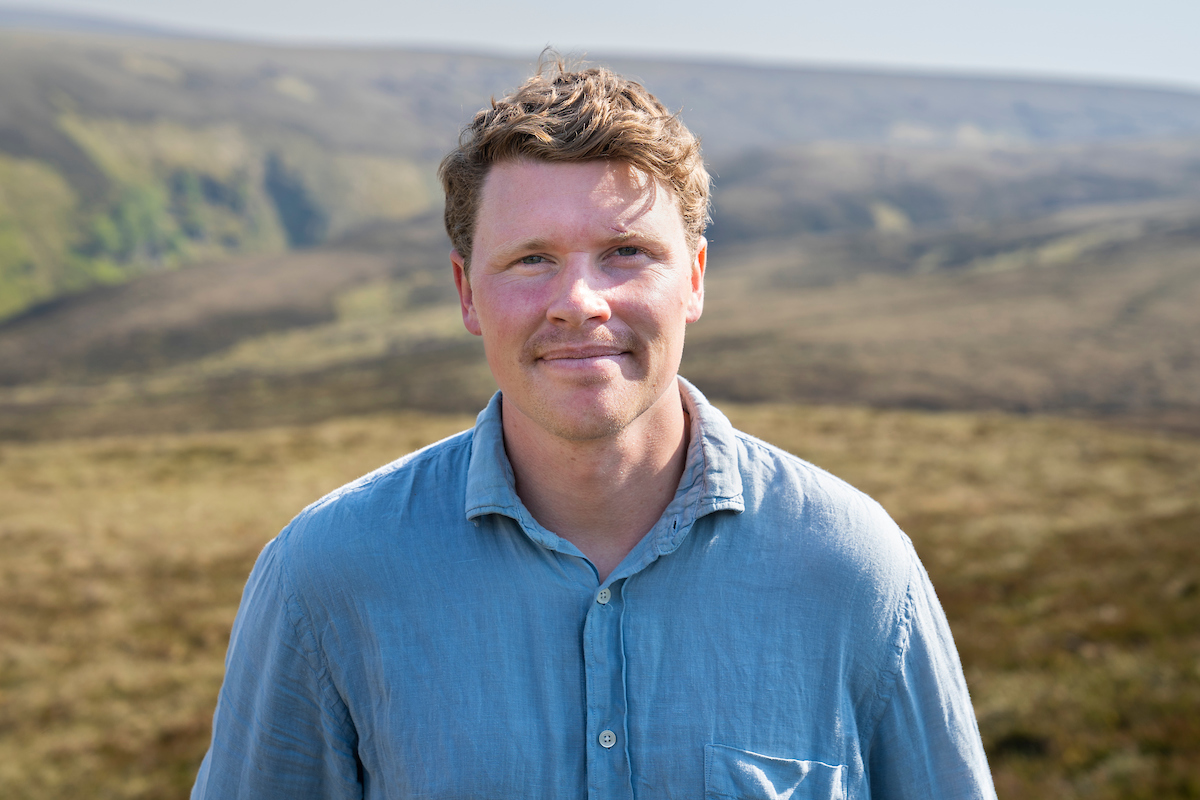
‘On hot, windy days you can see the peat literally blowing off the hags,’ says Harry, as he talks about what triggered their work to restore the peatlands along the upper reaches of the Mazeran Burn.
Peat is 50% carbon and, so long as it remains wet and vegetated, that carbon stays safely locked up. And yet, across the country, peatlands have been dried out by misguided drainage works and subjected to unsustainable browsing pressure, exposing the peat to erosion by wind and rain. With 80% of our peatlands in a poor state, instead of locking away carbon these degraded peatlands have become carbon emitters, an enormous asset turned into a belching liability.
The Scottish Government is keen to accelerate peatland restoration. However, its stated target – to restore at least 20,000 hectares each year – has not been met in any of the five years since the target was set. One of the reasons cited for this failure is a shortage of landowners willing to carry out the required work, despite farmers and land managers now having access to a £22 million fund to undertake peatland restoration projects.
‘It became quite clear to us that we needed a change of thinking, to slow the flow, and the evidence suggested peatland restoration was the way to go.’
This reluctance represents something of a puzzle given all the benefits that peatland restoration can yield, from carbon storage to increasing the capacity of upland areas to hold and retain water. ‘In the 1970s, it was all about trying to get water off the hill,’ explains Harry. But then, in 2017, a key bridge on the estate was washed away in violent flooding as rainwater flashed off the high ground. ‘It became quite clear to us that we needed a change of thinking, to slow the flow, and the evidence suggested peatland restoration was the way to go.’
Climate change is bringing hotter, drier weather to Scotland, followed by periods characterised by heavy, more intense rainfall, and our eroded peatlands are increasingly vulnerable to these alternating extremes. In heavy rain, exposed peat is simply washed away. ‘The burn changes colour after the rain,’ observes Harry. ‘A river like this will always go into spate but so much silt and peat washing off the moor can’t be good for the fish.’
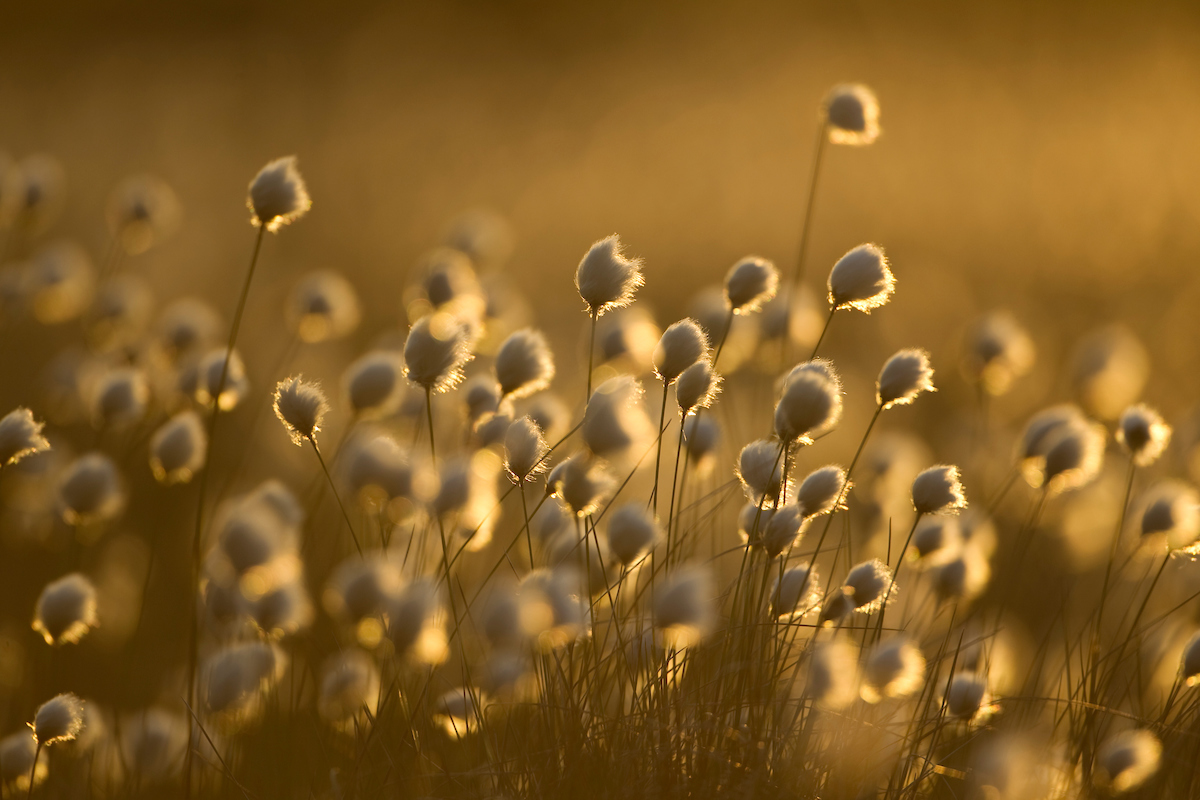
Salmon are in steep decline, facing a daunting array of threats, from rising river temperatures to declining water quality. Violent flooding events can also sweep away the gravel beds used for spawning, leading to the loss of precious eggs. Peatland restoration helps counteract this threat by reducing peak flows while sustaining higher water levels in drier weather. The deeper water also stays cooler, especially when shaded by the trees being planted along the Mazeran Burn, reducing the thermal stress suffered by fish in our warming summers.
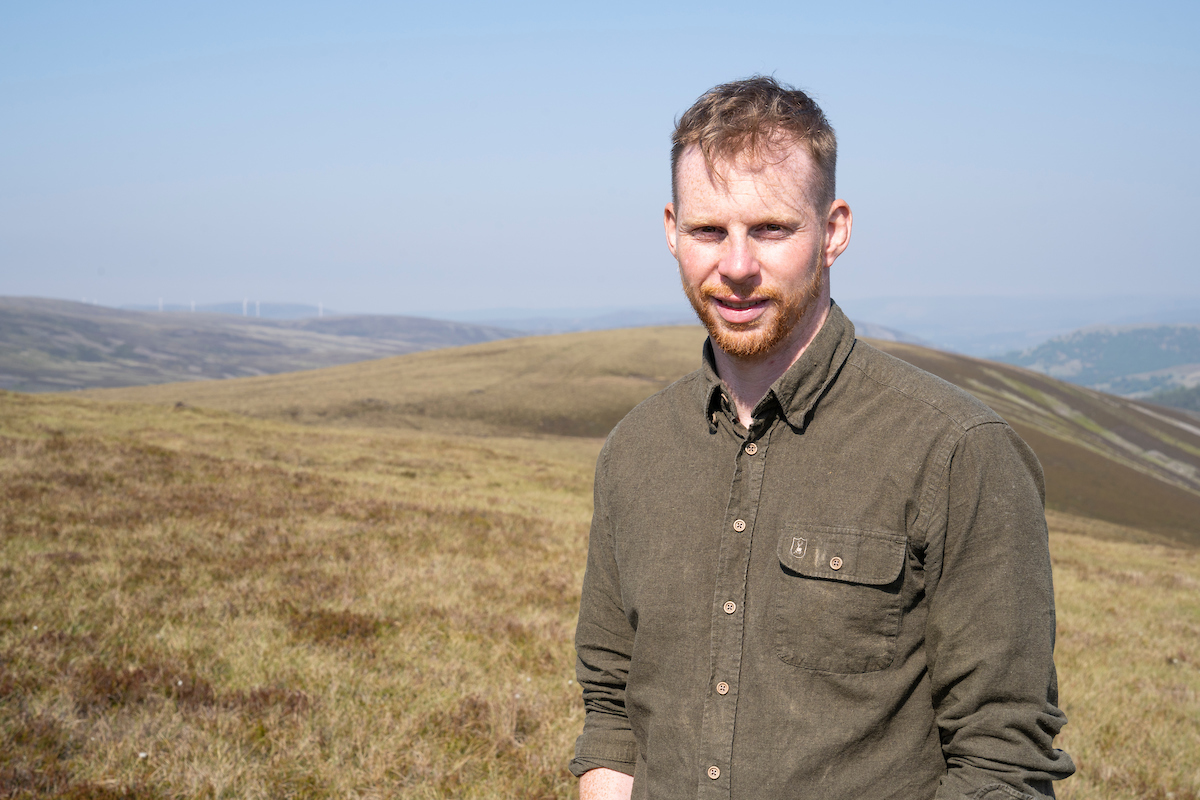
‘We’re seeing more invertebrates, and they provide the grouse with more food during the nesting season, as well as helping wading birds like curlews, oystercatchers and lapwings.’ Murray Wilson, Head Keeper, Glenmazeran Estate.
The seasonal window when peatland restoration can be undertaken is short and efforts have been further hampered by a shortage of skilled contractors who can carry out the work, but there are plenty willing to learn on the job. Since beginning work on the estate, local contractors have been refining their skills in the subtle arts of restoring degraded peatlands to good health.
By reprofiling and revegetating exposed peat, and blocking drainage ditches, peatlands retain water for longer, locking away carbon, filtering the water and stemming the run-off into rivers below.
‘Phase one was blocking up the old drainage ditches. Now, in phase two, the guys are focused on re-profiling the exposed areas,’ says Murray, who describes the process with evident admiration. ‘It’s amazing how they close the gaps, taking a bit of peat from here and inserting it over there before somehow squashing it all up until there’s no bare peat left.’
Harry and Murray agree the results have been transformative. ‘The restored areas hold the water well, even in drier conditions,’ confirms Murray. ‘So we’re seeing more invertebrates, and they provide the grouse with more food during the nesting season, as well as helping wading birds like curlews, oystercatchers and lapwings.’ There’s a complex mix of motivations behind the restoration work at Glen Mazeran, but irrespective of the reasons, change is happening quickly.
‘We’ve also seen new Sphagnum growing after just a year,’ adds Murray. Sphagnums are a group of mosses that dominate peatlands. They are often referred to as ‘the peat mosses’ and contribute significantly to the formation of new peat. But they are also noted for their ability to absorb and store water, slowing the flow of rainwater and snowmelt off the hill. So far, this seems to be working. The new bridge that replaced the one washed away is still standing and the hope is that now, with the peatlands in better health, it won’t ever have to face the same torrential runoffs.
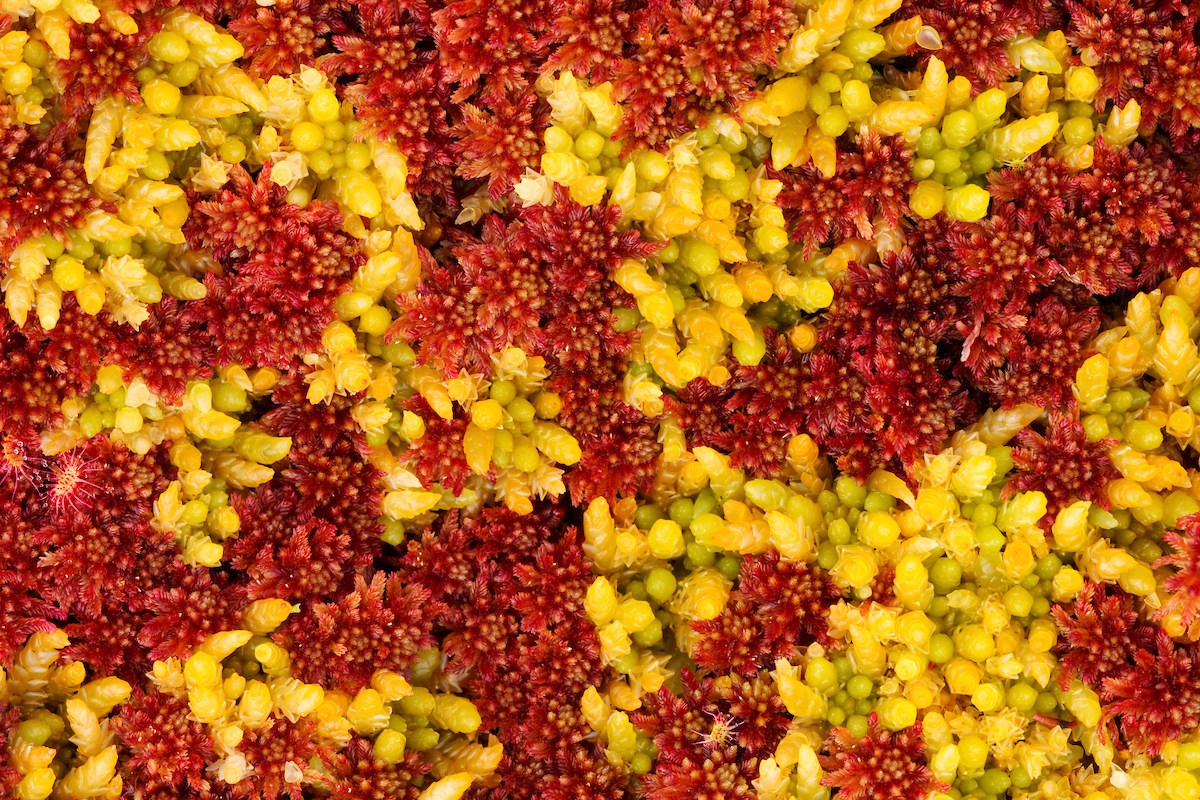
Harry points to a distant line of exposed peat hags that have yet to be restored and compares them to the hill on which we stand. Here, the old drainage lines have already virtually disappeared, and the peat now lies blanketed under an unbroken layer of vegetation. There’s an aesthetic gain he’s happy to acknowledge, but it’s clear there’s also a more profound satisfaction in having helped the landscape recover.
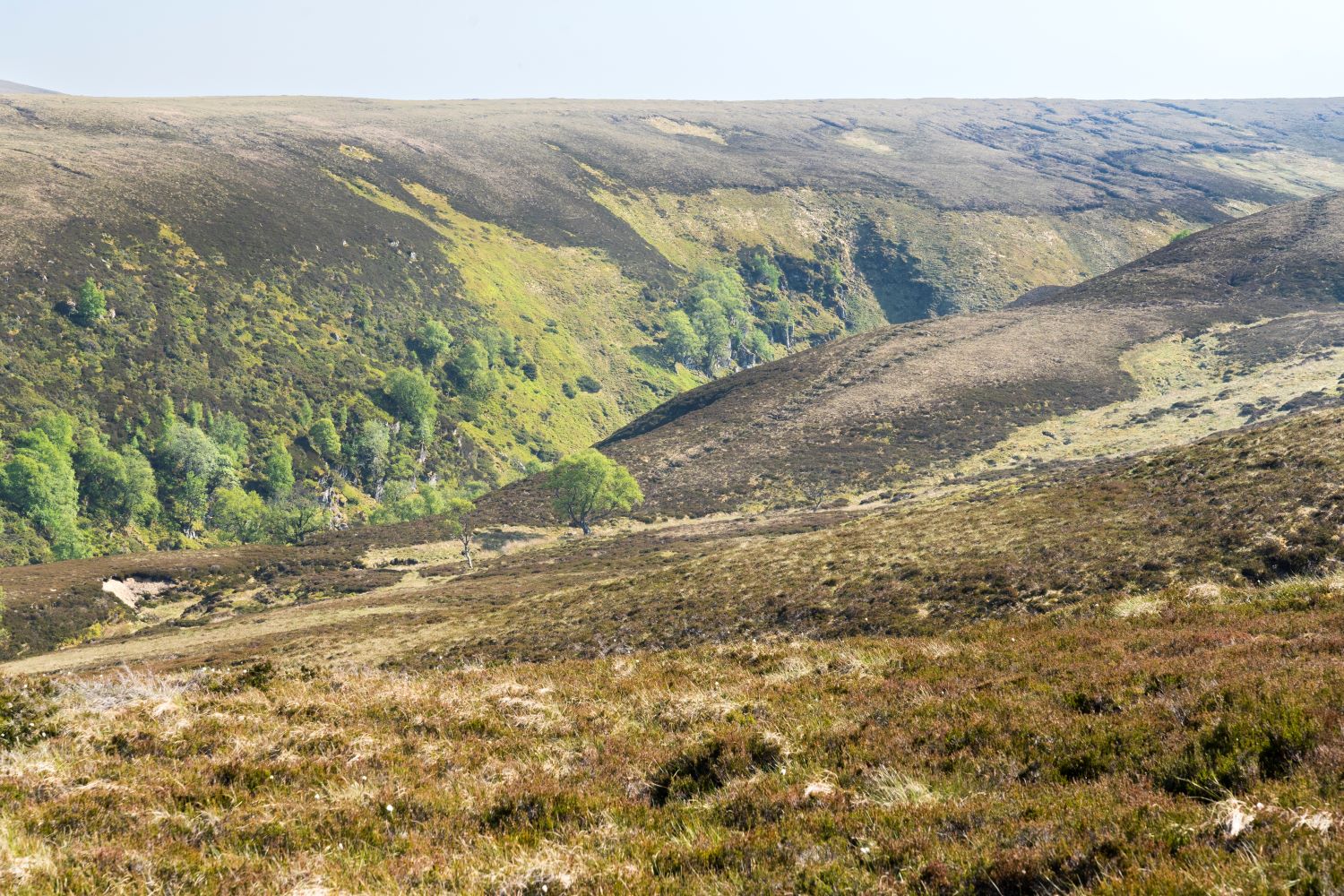
‘There’s so many different benefits to it,’ enthuses Harry. ‘Whether it’s seeing more wildlife on the hill, the benefits for river health, or the climate impact, it’s really a win-win. Places like this have huge potential, but unless we do the work, the peat is going to keep degrading.’
Here at Glen Mazeran, that work is now well underway. ‘We’re always wanting to improve,’ says Murray, noting that they still have ‘plenty to go at’. But as he and Harry stand in the sun, watching the clear waters of the Mazeran Burn tumble tirelessly down the hill, it’s apparent that the rewards of their labours are already being felt.